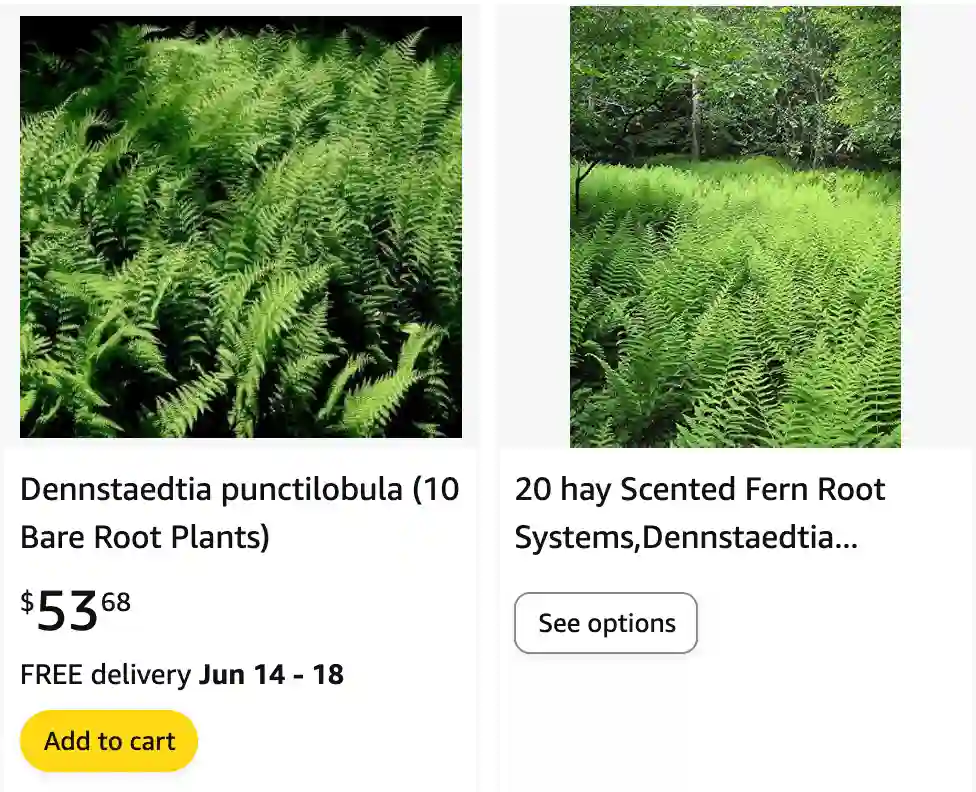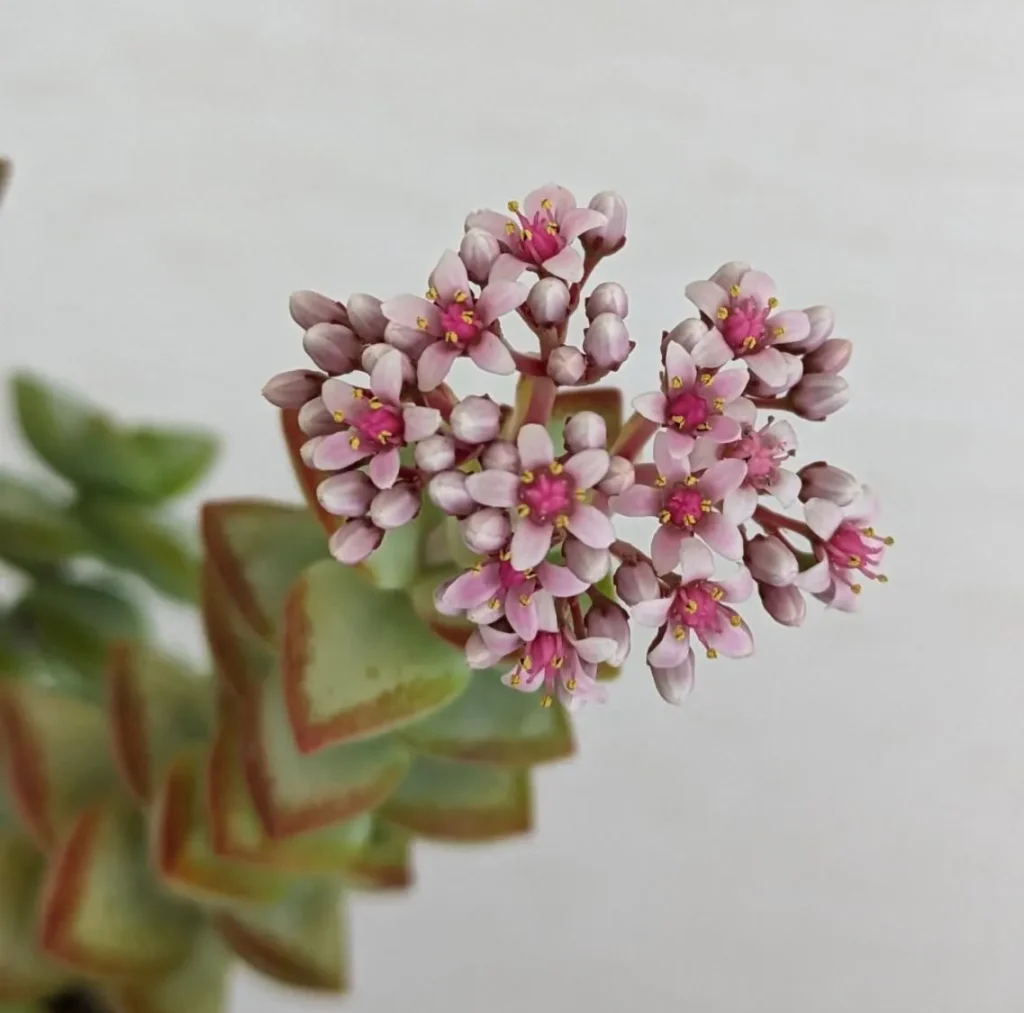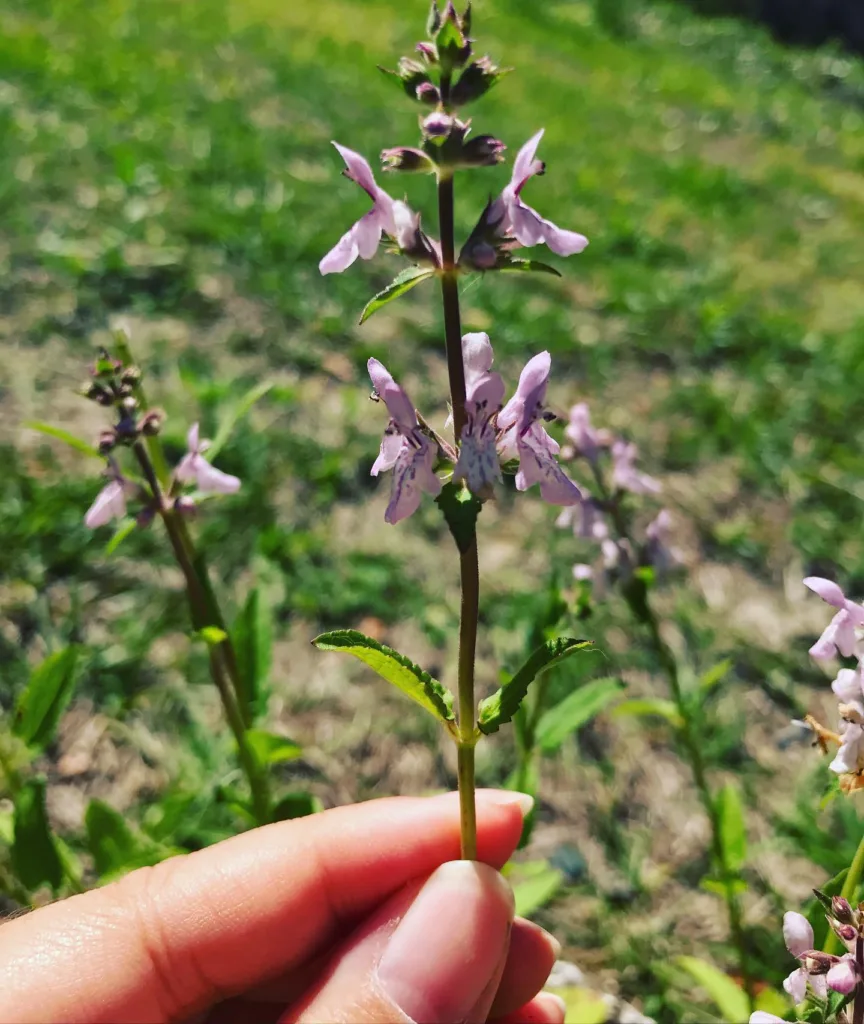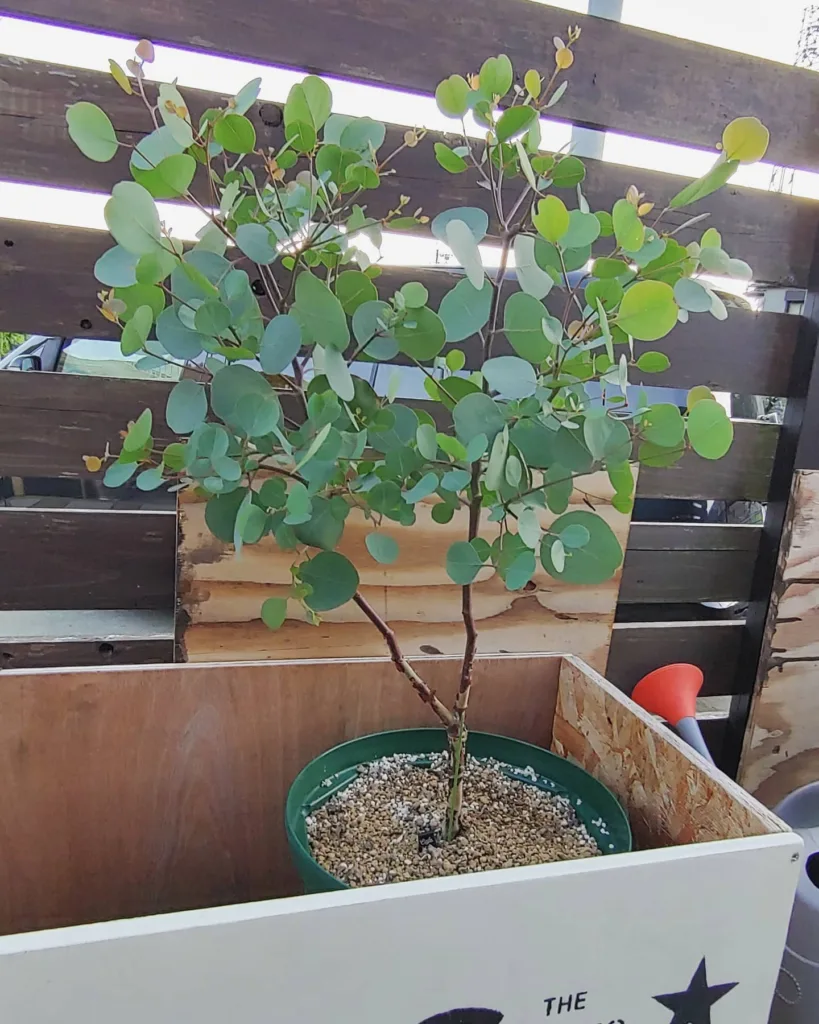
What is Dennstaedtia punctilobula?
For the past few years, I’ve been captivated by the enchanting world of ferns. Their graceful fronds and lacy textures add a touch of whimsy to any garden, and their low-maintenance nature makes them a dream for busy plant parents like myself. Among these captivating ferns, one has truly stolen my heart: Dennstaedtia punctilobula, also known as the Eastern Hay-Scented Fern.
This delightful fern boasts not only stunning visuals but also a unique sensory experience. As its name suggests, crushing its fronds releases a delightful aroma reminiscent of freshly cut hay. It’s a charming addition to any shaded corner, offering a textural contrast to flowering plants and a pop of green that thrives throughout the season.
However, Dennstaedtia punctilobula can seem intimidating at first glance, with its rather scientific name. Fear not! In this guide, I’ll unveil everything you need to know about bringing this fern into your garden, from pronunciation to planting and care.
How to Pronounce Dennstaedtia punctilobula?
Let’s start by tackling the tongue twister of a name. Dennstaedtia punctilobula (den-STED-tee-uh punk-ti-LOO-byu-luh) might seem like a mouthful, but with a little practice, it becomes second nature. Here’s a breakdown:
- Dennstaedtia: Break it down into “den-STED-tee-uh.”
- punctilobula: This part is a bit trickier. Think “punk-ti-LOO-byu-luh,” emphasizing the “loo” sound.
Remember, practice makes perfect!
When to Plant Dennstaedtia punctilobula?
Timing is key when planting Dennstaedtia punctilobula. As a cool-season fern, it thrives in the moderate temperatures of spring and fall. In warmer climates like mine, aim for the cooler months, ideally between late fall and early spring. This allows the fern to establish its roots before the summer heat arrives.
How to plant and care for Dennstaedtia punctilobula?
Planting Dennstaedtia punctilobula is a breeze. Here’s what you’ll need:
- A well-draining, acidic soil mix. Opt for a mixture rich in organic matter, like compost or peat moss.
- A shady location. This fern prefers dappled shade or areas that receive morning sun only.
- A watering can.
Here’s how to plant your fern:
- Dig a hole slightly larger than the root ball of your fern.
- Amend the dug-out soil with some organic matter for extra drainage and nutrients.
- Gently remove the fern from its pot and place it in the hole, ensuring the crown sits at ground level.
- Backfill the hole and water thoroughly.
Keeping Your Fern Happy: Care Tips
Dennstaedtia punctilobula is a low-maintenance charmer, but a few basic care tips will ensure it thrives in your garden:
- Watering: Water regularly, especially during hot and dry periods. Aim to keep the soil consistently moist but not soggy.
- Mulching: Apply a layer of organic mulch around the base of the fern to retain moisture, suppress weeds, and regulate soil temperature.
- Fertilizing: While not strictly necessary, a light application of balanced fertilizer in early spring can give your fern a boost. Opt for a slow-release formula specifically for acid-loving plants.
- Dividing: As your fern matures, you can divide it to create new plants. The best time for this is in early spring.
What to Plant With Dennstaedtia punctilobula?
Dennstaedtia punctilobula pairs beautifully with other shade-loving plants. Here are some ideas to create a harmonious haven:
- Hostas: Their bold foliage provides a stunning contrast to the fern’s delicate fronds.
- Heuchera (Coral Bells): The vibrant foliage of coral bells adds a pop of color to the shade.
- Astilbes: These flowering plants offer a touch of elegance with their delicate blooms.
- Japanese Maples: The fiery fall foliage of Japanese maples creates a stunning backdrop for the fern.
With its easy care and captivating charm, Dennstaedtia punctilobula is a welcome addition to any garden. So, why not bring a touch of the forest and the delightful scent of freshly cut hay into your own backyard haven?
If i die, water my plants!



